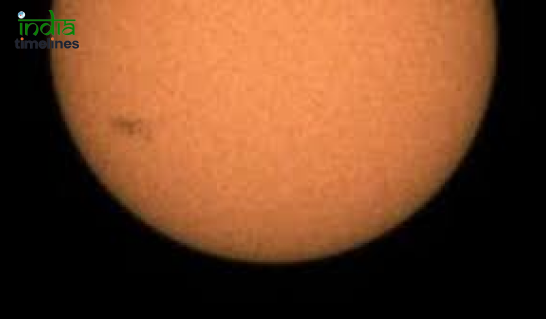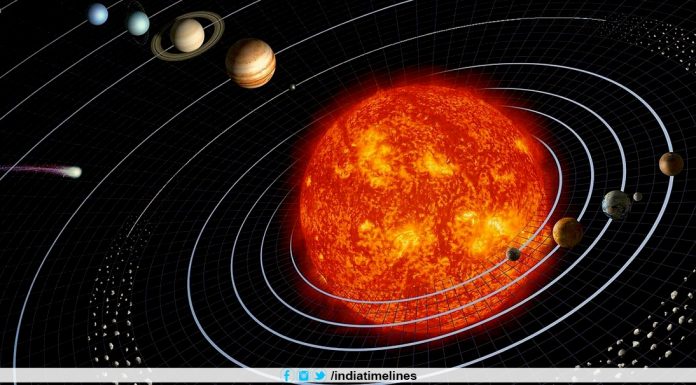
Outer space has always fascinated humanity, with its vastness and the mysteries it holds. NASA, the National Aeronautics and Space Administration, plays a crucial role in exploring these mysteries. Through its advanced technology and relentless efforts, NASA provides us with breathtaking images that offer a glimpse into the unknown.
The Wonders of Outer Space
Space imagery is not just about stunning visuals; it’s about understanding our universe. NASA’s sophisticated satellites and telescopes capture these images, bringing the distant and often unseen parts of space into view. These images not only fuel our imagination but also help scientists in their research.
Jupiter’s Moon: Europa
1. Discovery and Exploration
First observations: Europa, one of Jupiter’s largest moons, was first observed by Galileo Galilei in 1610. His discovery opened the door to further exploration of Jupiter’s moons.
Recent missions: In recent years, missions like Galileo and Juno have provided detailed images and data about Europa, revealing its icy surface and potential subsurface ocean.
2. Why Europa Fascinates Scientists
Possibility of life: The potential for life on Europa is a major point of interest. The moon’s subsurface ocean, protected by a thick ice crust, might harbor conditions suitable for life.
Geological features: Europa’s surface is marked by a mix of smooth plains and chaotic terrains, hinting at a dynamic geological history. The presence of water ice and possibly even liquid water makes it a prime candidate for future exploration.
Saturn’s Rings: A Cosmic Masterpiece
1. The Discovery of Saturn’s Rings
Early telescopic observations: Saturn’s rings were first observed by Galileo in 1610, though he could not clearly distinguish their nature. It wasn’t until Christiaan Huygens in 1655 that the true nature of the rings was understood.
Modern imaging techniques: With advancements in technology, NASA’s Cassini spacecraft has provided incredibly detailed images of Saturn’s rings, revealing their complex structure and composition.
2. The Structure and Composition of the Rings
Ice and rock particles: Saturn’s rings are composed primarily of ice particles, with a mix of rocky debris. These particles range in size from tiny grains to large boulders.
Gaps and divisions: The rings are divided into several distinct sections, each separated by gaps and divisions caused by gravitational interactions with Saturn’s moons.
The Pillars of Creation in the Eagle Nebula
1. The Hubble Space Telescope’s Iconic Image
Capturing the Pillars: The Hubble Space Telescope captured the Pillars of Creation in 1995, revealing towering columns of gas and dust within the Eagle Nebula.
The significance of the image: This image has become iconic, symbolizing the beauty and mystery of star formation. It provides a detailed look at the process of stars being born within these dense regions of space.
2. The Formation of Stars
Star formation process: Within the Pillars of Creation, new stars are formed from the collapse of gas and dust under their own gravity. This process emits light and energy, making these regions glow.
Impact on scientific understanding: Studying these formations helps scientists understand the life cycle of stars and the conditions that lead to their birth.
The Andromeda Galaxy: Our Neighbor in the Universe
1. Discovering Andromeda
Historical observations: The Andromeda Galaxy has been known since ancient times, but it was Edwin Hubble in the 1920s who confirmed it as a separate galaxy beyond our Milky Way.
Modern discoveries: With powerful telescopes, NASA has captured detailed images of Andromeda, providing insights into its structure and composition.
2. The Structure and Significance of Andromeda
Spiral galaxy structure: Andromeda is a spiral galaxy, similar to the Milky Way, with a central bulge surrounded by rotating arms.
Potential collision with the Milky Way: Andromeda is on a collision course with the Milky Way, expected to merge in about 4.5 billion years. This future event is a key area of study for astronomers.
The Helix Nebula: The Eye of God
1. Discovering the Helix Nebula
Early observations: The Helix Nebula, also known as the Eye of God, was first discovered in the 18th century. Its distinctive appearance has made it one of the most photographed objects in space.
Detailed images by NASA: NASA’s telescopes have provided detailed images of the Helix Nebula, showing its complex structure and the processes occurring within it.
2. The Science Behind the Nebula
Formation and composition: The Helix Nebula is a planetary nebula formed from the remnants of a dying star. It consists of a central white dwarf surrounded by a shell of ionized gas.
Its place in the lifecycle of stars: Studying the Helix Nebula helps scientists understand the final stages of stellar evolution and the fate of stars like our Sun.
Conclusion
NASA’s images from outer space are more than just beautiful pictures; they are windows into the vast and mysterious universe. From the icy surface of Europa to the majestic rings of Saturn, the Pillars of Creation, the Andromeda Galaxy, and the Helix Nebula, each image tells a story of exploration and discovery. As we continue to push the boundaries of space exploration, these images inspire us to look beyond our world and dream of the possibilities that lie beyond.



































